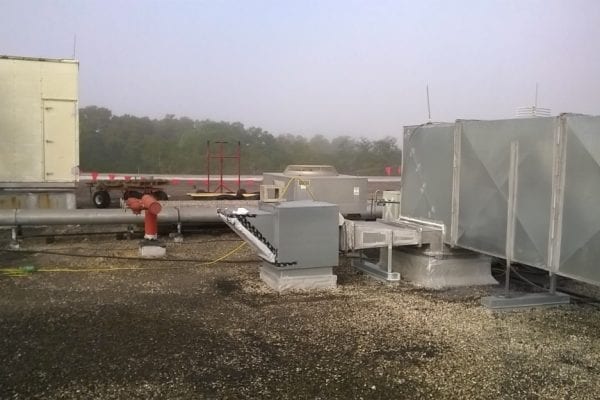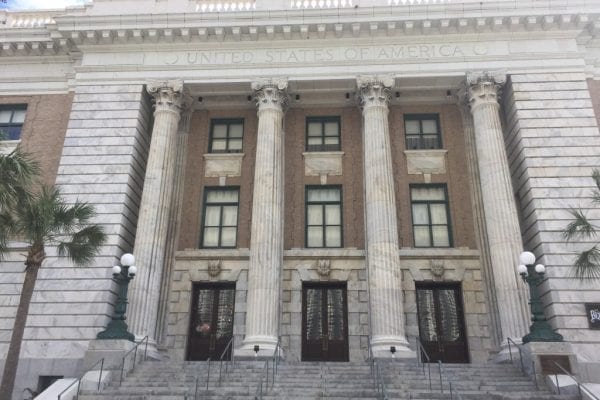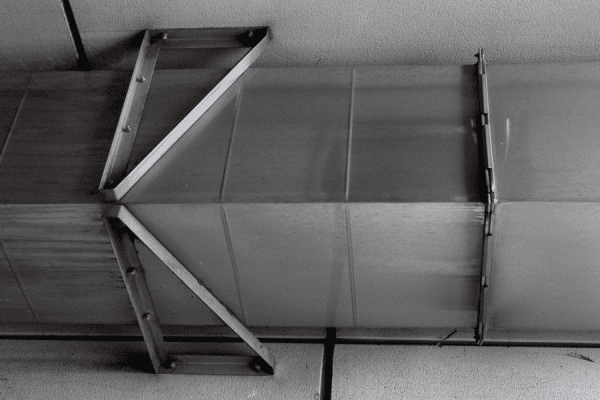Nearly every commercial property purchase or re-finance today involves at least a Phase I Environmental Site Assessment (ESA). This assessment helps lenders and buyers mitigate the risk involved in the purchase, by identifying likely cases of environmental contamination.
Increasingly, buyers and lenders alike demand a Phase II environmental site assessment, as well, if the Phase I ESA, identifies environmental concerns. Both types of assessment have their place, and understanding the differences can help lenders and buyers make smart choices.
Why a Site Assessment Matters
In 1980, a series of judicial decisions placed the burden of environmental contamination clean-up squarely on the shoulders of current owners, lessors, and lenders. The courts determined that the Comprehensive Environmental Response, Compensation and Liability Act of 1980 (CERCLA) can be used to hold these parties responsible for remediation of hazardous environmental conditions, even if the contamination was caused by a prior property owner or user.
Under the same interpretation, however, owners are granted a “safe harbor” provision under the “Innocent Landowner Defense.” A successful “Innocent Landowner Defense” protects the current owner from responsibility for cleaning up contamination, if they can show that they performed adequate due diligence prior to the purchase. A Phase I Environmental Site Assessment is the vehicle by which buyers and lenders perform and document their due diligence under the “Innocent Landowner Defense.”
More recent legislative and judicial actions have underscored and strengthened the regulatory necessity of a Phase I Assessment, making the ASTM Standard Practice a requirement for most commercial property purchases or re-finances.
However, for many buyers and lenders, while a Phase I may provide regulatory compliance, it may inadequately mitigate the full environmental risk of the purchase. A Phase I Environmental Site Assessment only addresses whether there is a likelihood of environmental contamination. It does not include soil or groundwater sampling, and cannot determine if actual contamination exists at the site.
Thus, in most cases, where the Phase I ESA identifies a potential environmental concern, buyers and lenders increasingly demand a Phase II Assessment, which is more comprehensive. This decision is often made based on the size of the investment and the individual buyer’s and lender’s risk tolerances. Here’s what you need to know about Phase I and Phase II Environmental Site Assessments in order to judge for yourself.
Phase I vs Phase II Site Assessments—Side by Side
The primary difference between Phase I and Phase II site assessment lies in the scopes of work of the assessment. A Phase I primarily assesses the likelihood that a site is contaminated through visual observations, historical use reviews and regulatory records, while a Phase II assesses whether contamination is in fact present. Here are the components of each.
| Phase I Environmental Site Assessment |
| Review of records, to discover whether the site has been used for potentially hazardous purposes in the past. |
| Visual inspection of the property’s current condition, with comparison to site plans. |
| Visual inspection of adjoining properties. |
| Interviews with current property owners, operators, occupants, and local government officials. |
| Goal: Assess likelihood that property has been contaminated. |
| Phase II Environmental Site Assessment |
| Soil and water sampling for signs of contamination. |
| Comparison of lab results with local, state, and federal regulatory guidelines. |
| May include inspection of interior spaces for mold, radon, or lead paint. |
| May include identification of wetlands, ecological resources, or endangered species that may prevent certain land uses. |
| Goal: Assess actual presence of environmental contaminants. |
Phase III Site Assessment
A Phase III Site Assessment is called for only when contamination has been identified. A Phase III Assessment determines the extent of the contamination, both horizontally and vertically, and forms the basis for preparing a remediation plan, and estimation of the cost for remediation. Buyers and lenders use the Phase III Assessment as a negotiating tool with the sellers to ensure the property they purchase yields the benefit they expect.






